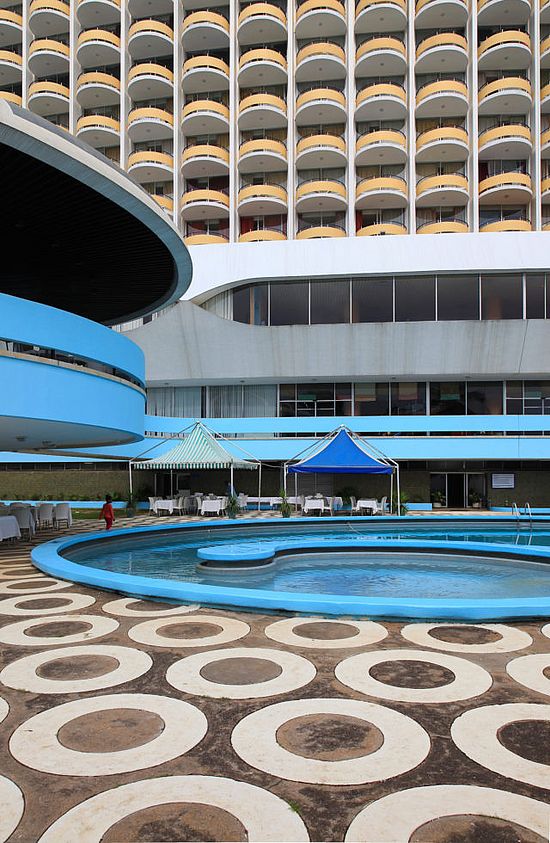African Modernism, Part 2
projected book publication: 2019
Manuel Herz
During the late 1950s and the early 1960s most countries of Sub-Saharan Africa gained their independence. Architecture became one of the principal means with which the young nations expressed their national identity. Parliament buildings, central banks, stadiums, conference centers, universities and independence memorials were constructed, often featuring heroic and daring designs. The architecture in the capital cities of countries such as Kenya, Ivory Coast, Zambia, Ghana or Senegal still represents some of the best examples of 60s and 70s architecture worldwide. Nevertheless it has received little attention and still re- mains to be ‘rediscovered’.
At the same time, this architecture also shows the difficulties, contradictions and dilemmas that the countries experienced in their independence process: In most cases, the architects were not local, but came from countries such as Poland, Yugoslavia, the Scandinavian nations, Israel, or even from the former colonial powers. Could the formation of a new national identity through architecture there- fore be described as a projection from the outside? To what extent are projects such as the Kenyatta International Conference Center in Nairobi, or the construction of Yamoussoukro as a new capitol of Côte d’Ivoire modernistic ‘grand projects’ that propel a country forward, or instead vanity projects initiated by authoritarian ‘Big Man’-policies? The documentation of these buildings allows us to see architecture at a fascinating nexus of design and politics.
After the first phase of the project, that looked at the countries of Ghana, Senegal, Côte d’Ivoire, Kenya and Zambia, this second phase will continue and deepen the research by looking at additional five countries: Guinea, Nigeria, Tanzania, Democratic Republic of Congo and Cameroon. These countries offer very different processes of decolonization, as for example the severing of ties to the metropole that Guinea experienced, the socialist approach practiced in Tanzania, or the struggle for national unity in the Congo. The research will attempt to use architecture as a witness and as testimony to these different processes of decolonization.
The result of the research project will be published as a book with an accompanying exhibition.
Image: Hotel Mont Febe, Yaounde, Cameroon. © Manuel Herz

Quick Links
Social Media
